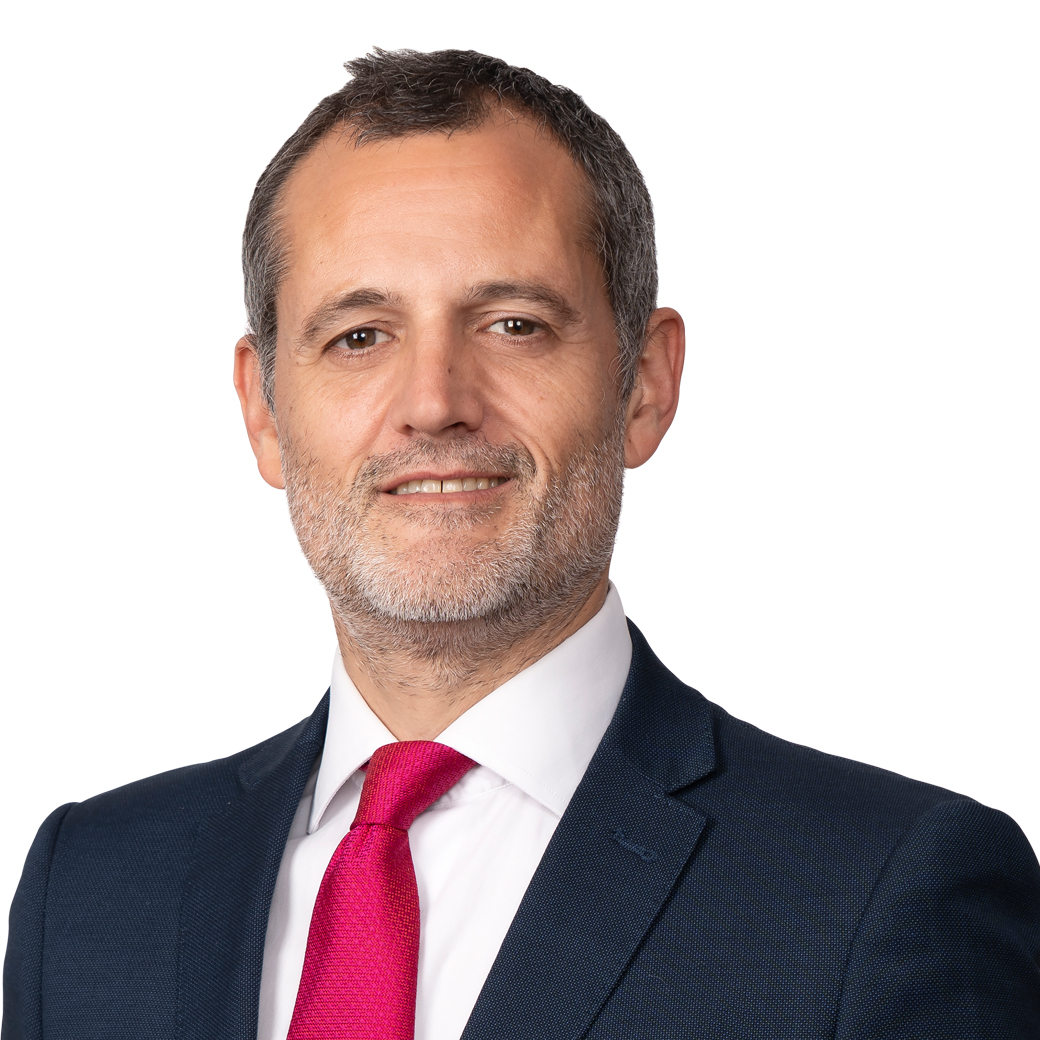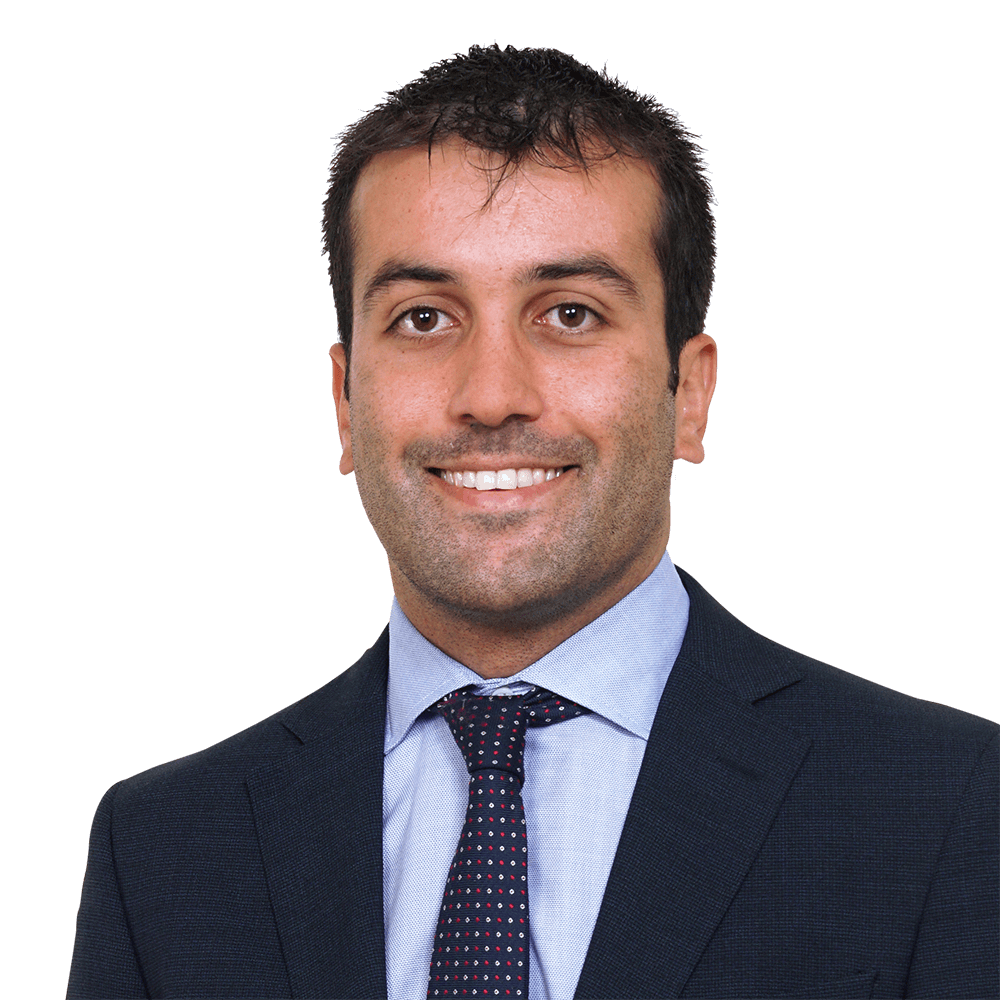Relevant changes in patents and utility models as a result of Law 24/2015, of 24 July, on Patents coming into effect and replacing Law 11/1986, of 20 March, on Patents
Published on 27th April 2017
On 25 July 2015, the Official State Gazette published the new law on Patents, Law 24/2015, of 24 July, which, prior vacation legis, came into effect on 1 April 2017. This new law replaces Law 11/1986, of 20 March, on Patents and its enforcement aims to improve and update the Spanish patent law so that Spain aligns to the regulations of its neighbouring countries.
The most significant new features of the Patents Law are detailed below:
A. Patents
Formal examination and procedures
The most remarkable change in the new law on Patents, Law 24/2015, of 24 July (the “Patents Law“) is the removal of the system that granted a patent without carrying out an examination. The new law sets out a procedure that shall verify that the object of the application not only includes its patentability but that it also ensures that all formal requirements are followed.
Additionally, the Spanish Trademark and Patents Office (“OEPM“) shall perform, prior request of the applicant, and in accordance with Royal Decree 316/2017, of 31 March, which approves the Regulations related to the implementation of the Patents Law, the formal examination to verify that the patent application and the invention it relates to, comply with the formal, technical and patentability requirements that are set out in the Patents Law.
The request for a formal examination, which the applicant may formulate as soon as the patent application is filed, must be submitted, in any event, within three months as of the OEPM publishing the report on the state of the art, which is a preliminary non-binding technical report related to the patent application, and prior payment of the corresponding examination fee.
In addition to the formal examination request, the applicant may submit comments related to the state-of-the-art report, the written opinion and any third-party observations, as well as modifying, if the applicant deems necessary, any requirements or additional documents concerning the application, as long as said changes adapt to the cases provided in the Patents Law.
Once the examination confirms that no requirements are missing, the OEPM shall grant the requested patent.
If, as a result of this examination, there were reasons that prevented, totally or partially, the granting of the patent, these shall be notified to the applicant so that within the legally established period the applicant may address the objections pointed out by the OEMP or may modify the requirements if the applicant deems necessary.
Lastly, it should be pointed out that cancelling a request for a formal examination shall mean the withdrawal of the patent application. Likewise, if within three months from the publication of the state-of-the-art report the applicant has not requested an examination, it shall be understood that the application has been withdrawn.
Appeal
Any third party has the right to lodge an appeal against a decision that grants a patent, prior payment of the corresponding appeal fee, after this granting decision is made but not before; which differs from that set out in Law 11/1986, of 20 March, on Patents (the “Former Patents Law“). In this respect, the time limit to lodge an appeal against a decision will be of six months once the granting of the patent has been published in the Industrial Property Official Gazette.
Additional patent
With the Patents Law, the additional patent disappears. In the Former Patents Law it would have allowed to add improvements or enhancements to a granted and valid patent without having to carry out any inventive step related to the object of the addition with regard to the object of the main patent.
B. Utility models
New feature
With the Patents Law entering into effect, the requirement of national novelty, included in the Former Patents Law on utility models, disappears. Therefore, the invention’s novelty requirement must be global, and in this respect it levels utility models with patents.
Inventions regarding non-patentable materials
The Patents Law protects, as utility models, any inventions that may be applied industrially and that, being new and implying inventive steps, are based on providing an object or product with a configuration, structure or composition which offers an obvious advantage when being used or manufactured. However, with the coming into effect of the Patents Law, any inventions related to biological materials or pharmaceutical substances or compositions shall be expressly excluded.
Appeal
Once the utility model application has been published, the Patents Law establishes a two-month term, which may be extended, during which any person may file an appeal against the OEMP’s decision to grant a utility model, prior payment of the corresponding appeal fee. In this appeal they may allege that some of the mandatory legal requirements needed for granting the utility model are missing, such as the novelty, the inventive step, its industrial application and/or the sufficiency






